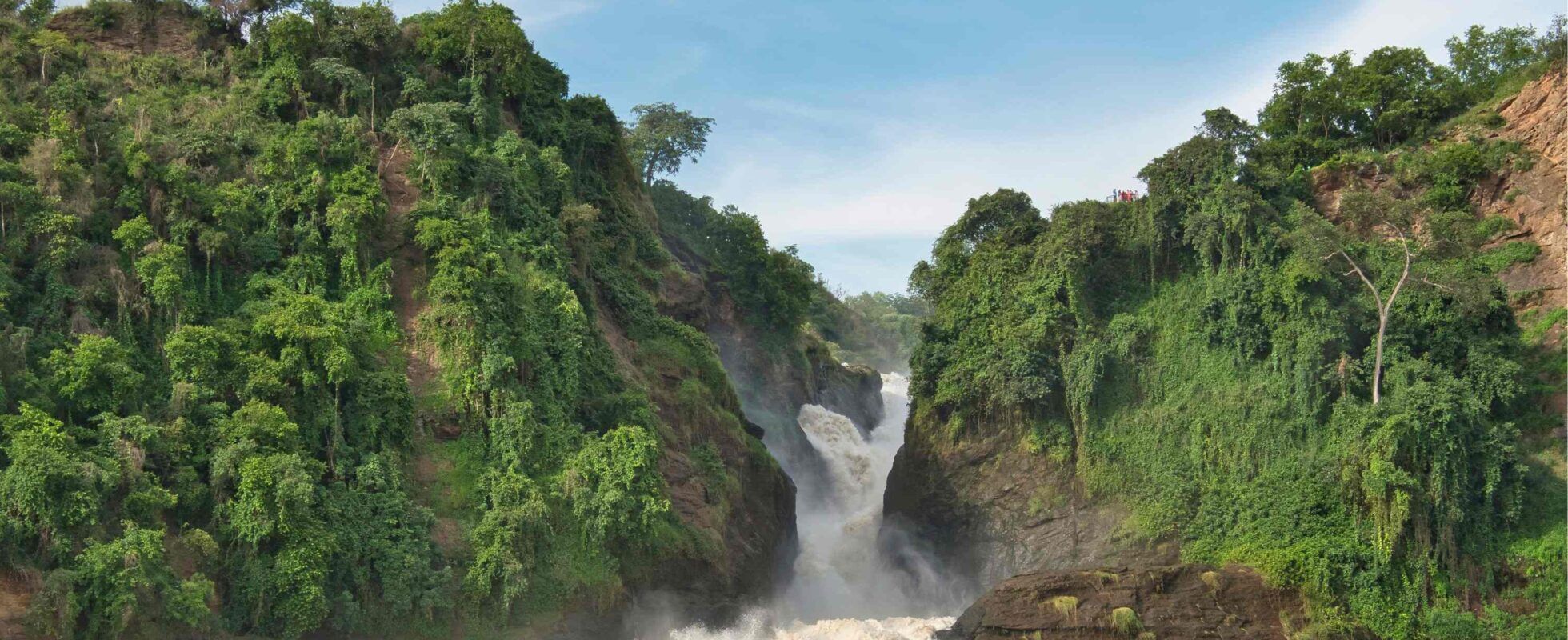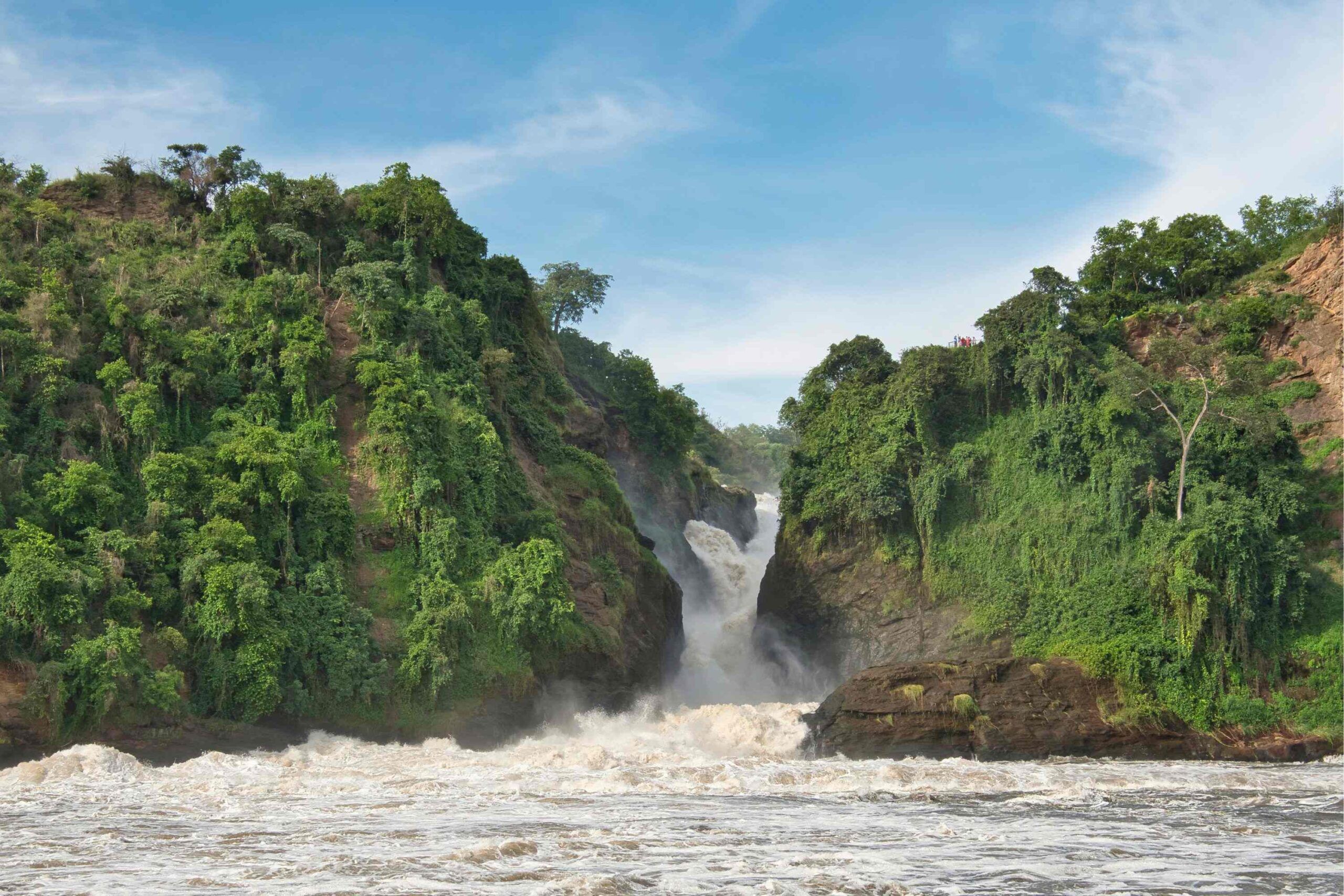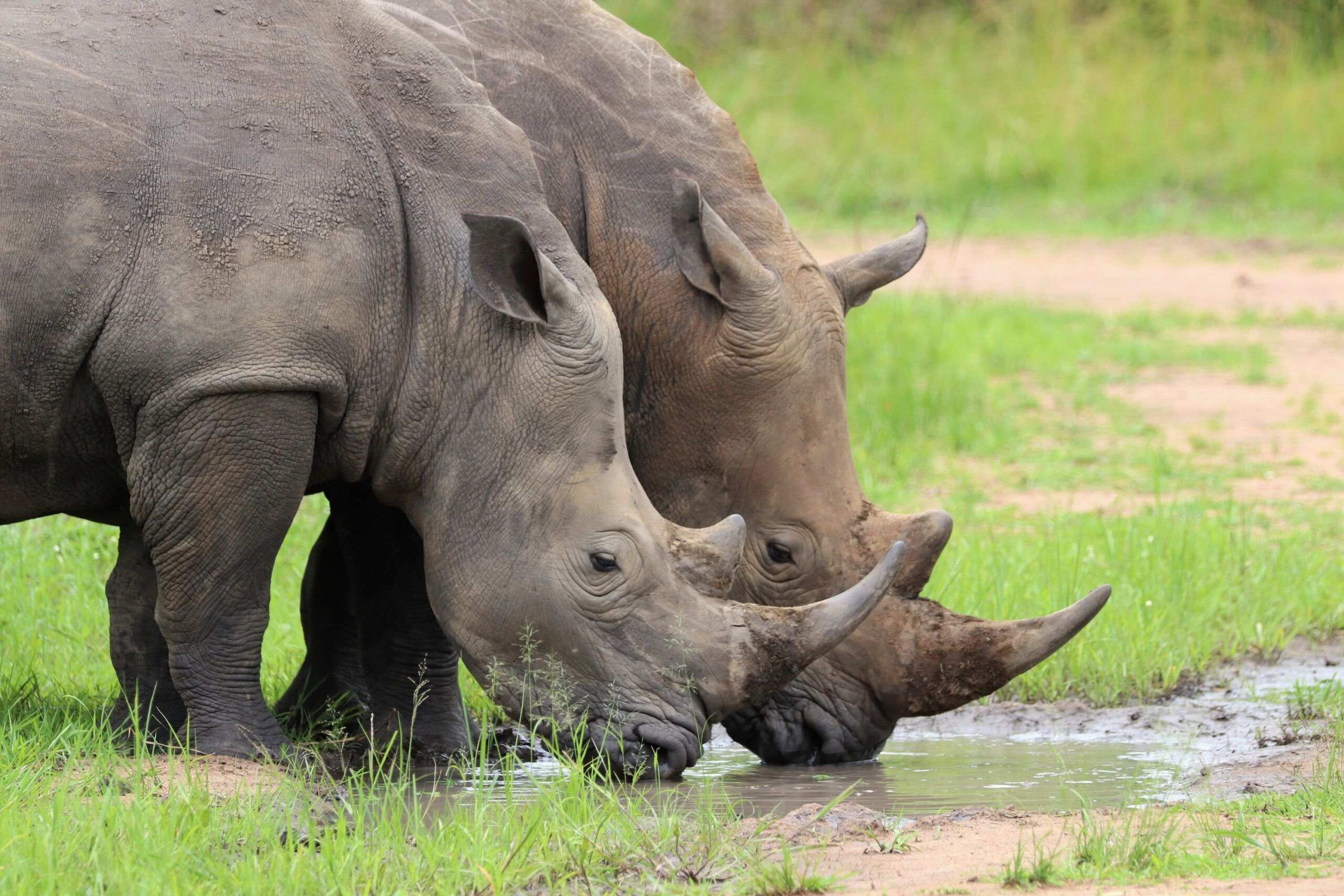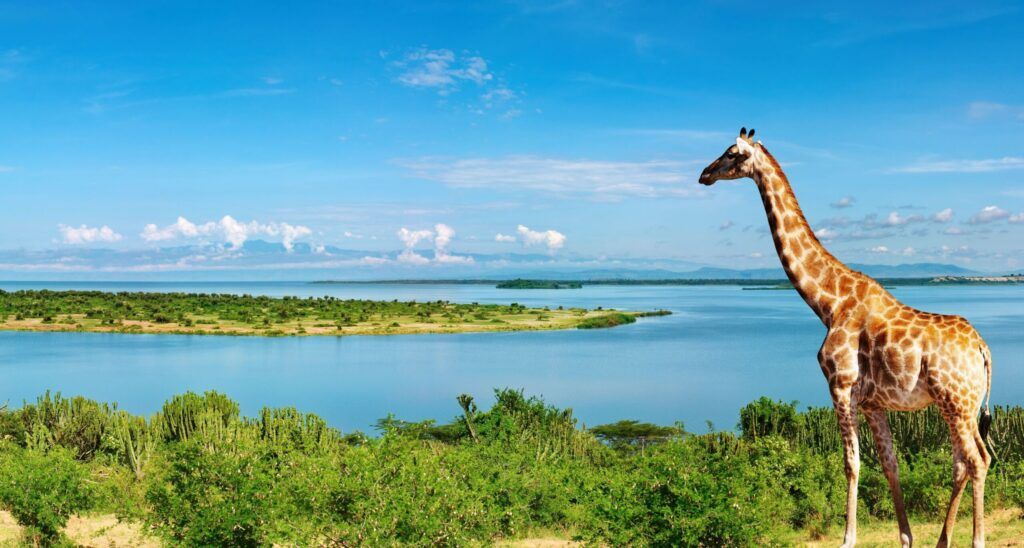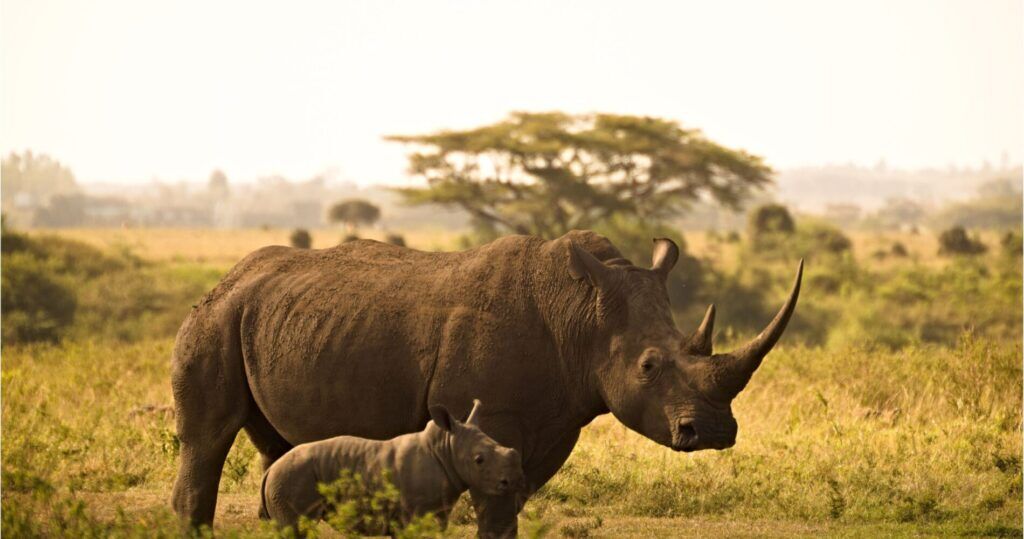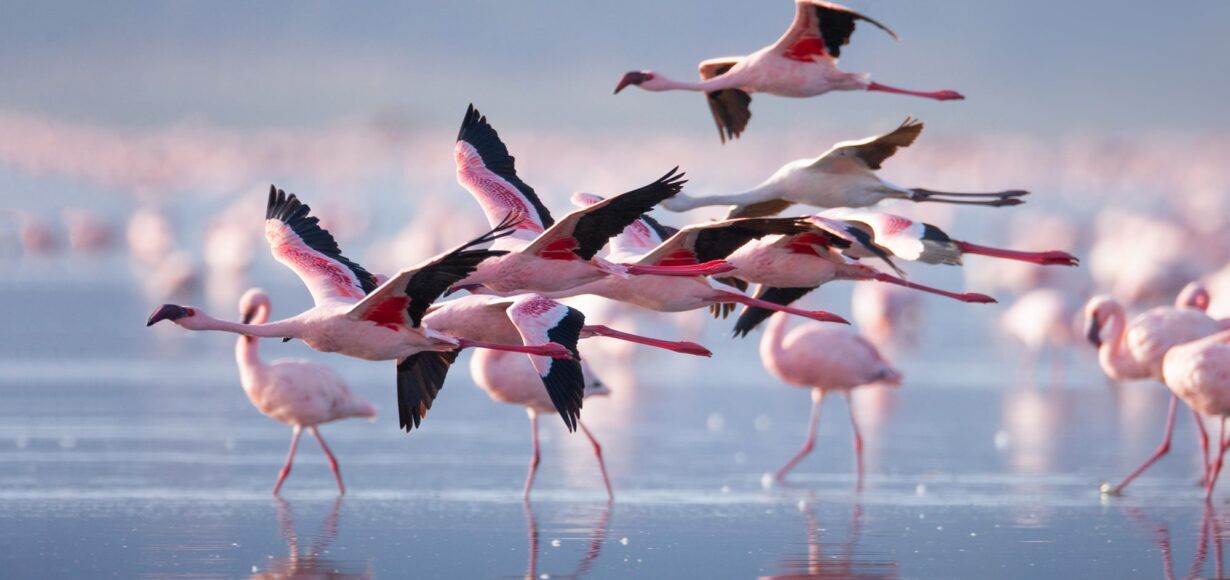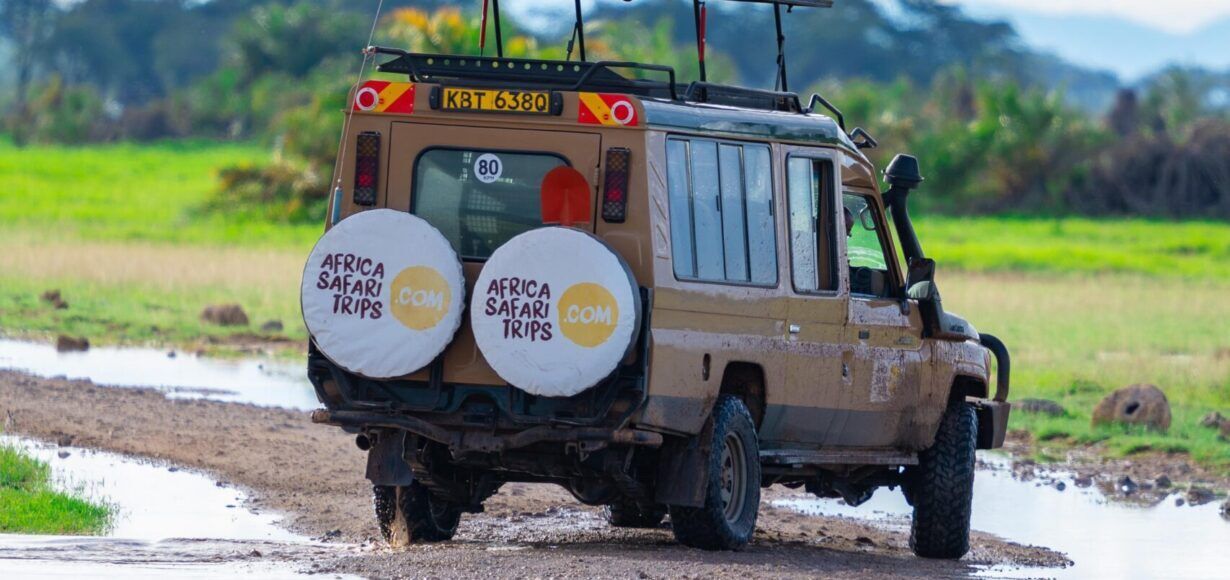- 24/7 service
- All accommodations
Murchison Falls National Park is situated in northern Uganda, covering an area of approximately 3,893 square kilometres (1,503 square miles). Okay, it might not be as big as other African parks – however, with its magnificent landscapes and remarkable wildlife it knows how to compensate that lack in size. The park is divided by the great Nile River, and it’s the incredible Murchison Falls giving the park its name. Get carried away by the river’s raw power (metaphorically) as it squeezes through a 7-metre-wide gorge and plunges into a churning cauldron below. Wow? Yes, wow!
Wildlife Encounters
During a safari at Murchison Falls National Park you’ll get to discover countless animals: from elephants, buffalos, lions and leopards (boom, four of the Big Five) to giraffes, zebras and countless antelope species. Crocodiles and hippos relax along the Nile’s banks, and bird enthusiasts can indulge in the sight of over 450 bird species, including the enigmatic shoebill. And should you have a weakness for primates, you can experience a very special meet-and-greet during a chimpanzee trekking tour.
Observe the animals during a boat safari literally from a different point of view, let elephant herds playing in the water entertain you and feel your eyes getting bigger and bigger as you spot the first crocodiles at the riverbanks.
Baker’s Trail
Follow the traces of Sir Samuel and Lady Florence Baker, the famous British explorer couple who discovered Murchison Falls in 1864. Hiking on the Baker’s Trail you can immerse yourself in this unique bit of history and discover the raw beauty of the park.
Activities in Murchison Falls National Park
Murchison Falls National Park is a playground for adventure and wildlife enthusiasts. Here are some of the activities that will make your visit truly memorable:
- Game drives
- Boat safaris
- Sunset cruise
- Hiking to the top of Murchison Falls
- Bird watching
- Chimpanzee trekking
- Fishing
- Hot air balloon safaris
- Ziwa Rhino Sanctuary
How to get there
By road: Fancy a road trip? Perfect! This park is easy and well accessible. That’s also why it’s a must for adventurers who want to explore Uganda on their own.
By air: Of course, a flight to Murchison Falls National Park is quicker and more convenient. There are flight services available from both Mombasa and Nairobi to Pakuba Airport (also known as Murchison Falls National Park Airport). A short flight allows you to maximize your time in the wilderness.
Climate
Dry season: The period from June to November is considered the cold season in Uganda. During this time, average daytime temperatures hover around 20°C, but the nights can be chilly. Best you pack a sweater or light jacket for the cooler evenings.
Rainy seasons: Uganda experiences two rainy seasons. The short rainy season typically occurs from mid-October to November, while the long rainy season extends from April to May.
Best time to visit Murchison Falls National Park
The best time to visit Murchison Falls National Park is during the dry seasons, which typically occur from December to February and from June to September.
The rainy seasons bring occasional showers, and the park’s road conditions can become more challenging. However, if you don’t mind a bit of rain, you can see nature flourish during your visit, literally.
Information and facts
Murchison Falls National Park makes every nature lover’s heart skip a few beats. From hiking to bird watching, from boat safaris to sunset cruises – with its Nile River, the picturesque landscape and fascinating animals, this park will surely make you go “wow!”.
Most common animals
- Lions
- Leopards
- Giraffes
- Chimpanzees (in the Budongo Forest Reserve)
- Hippos
- Nile Crocodiles
- Elephants
- Buffalos
- Oribis
- Antelopes (Various species)
- Jackson’s Hartebeests
- Waterbucks
- Baboons
- Warthogs
- Over 450 bird species
- Uganda Kobs
Facts about Murchison Falls National Park
- 3,893 square kilometres (1,503 square miles)
- Opened in 1952 – just like Queen Elizabeth National Park
- Divided by the Victoria Nile
- Named after the Murchison Falls
- 7-metre-wide gorge is only one highlight
- Home to four of the Big Five
- Find the fifth of the Big Five at the Ziwa Rhino Sanctuary close-by
